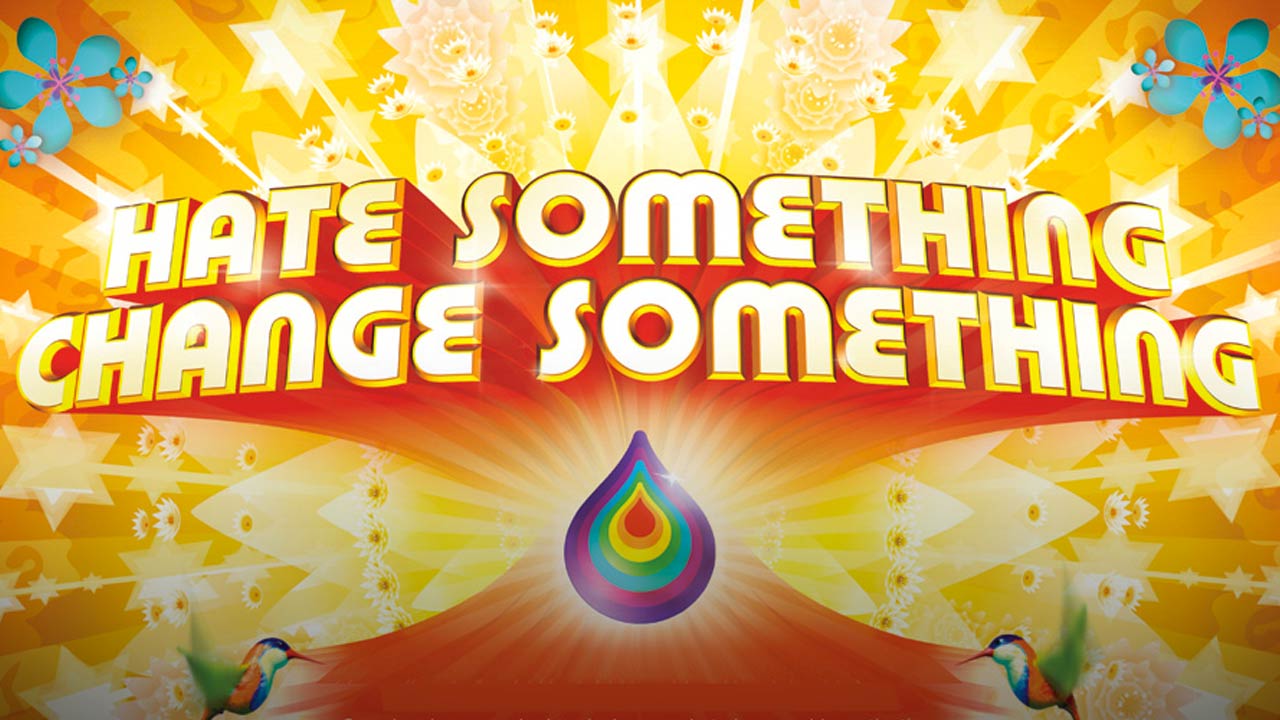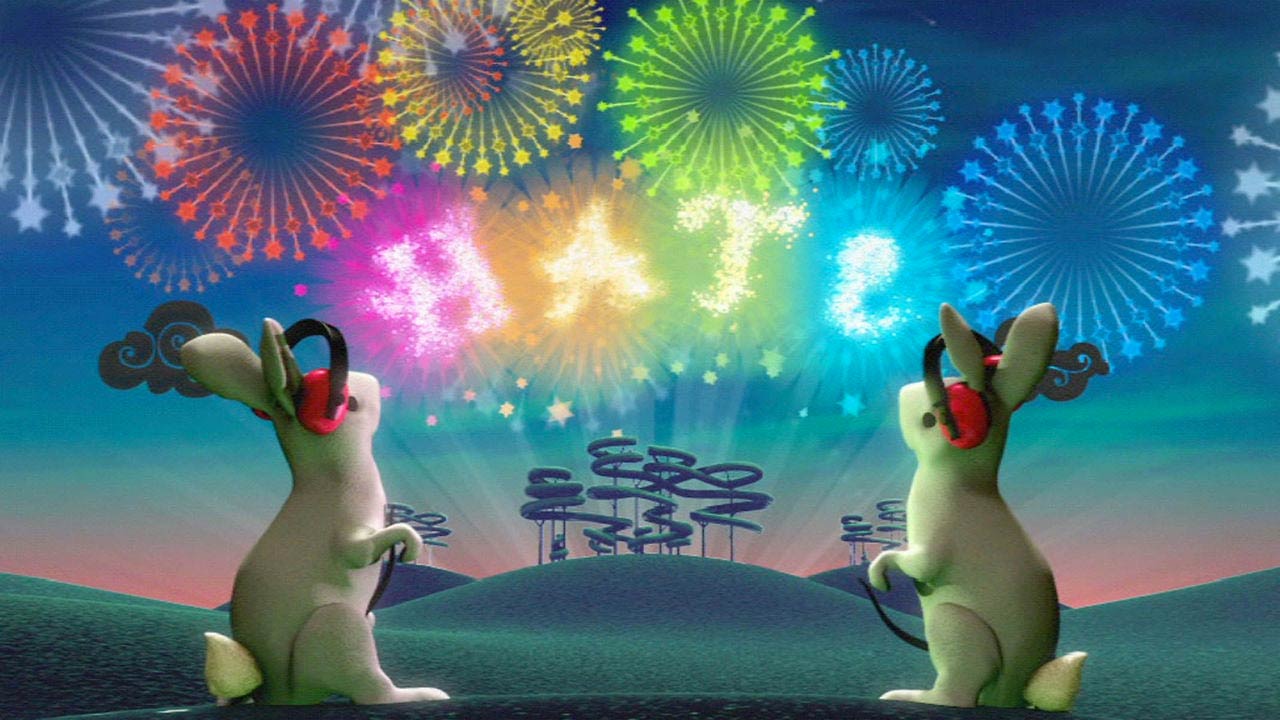Honda ‘Grrr’: The conceiving, crafting and creation of:


In 2003, I visited the Honda Institute to learn more about their new, revolutionary diesel engine. There I discovered the story of how Honda had for years been pushing their senior chief engineer, Kenichi Nagahiro, to design a diesel engine. He had always refused, saying how much he hated diesels; they were noisy, heavy, dirty, rattle-y and generally an insult to engine-making. Eventually, he said he WOULD design one but ONLY if Honda were prepared to spend many millions and let him take as long as he needed. After all, he was going to have to design a new metal (lighter, yet at the same time, stronger) and somehow create an engine that had fewer negatives than any diesel ever made. The result – eventually – was the 2.2 litre i-CTDi – a dull name for an extraordinary engine.
There was something compelling about how this revolutionary new engine had only happened because of hate. The odd-sounding truth about ‘hate being good’ seemed like a fresh and powerful insight that could lead to some wonderful advertising if treated right. Straight away, it seemed like a good idea to write a song about hate, as songs were normally about love. Plus, I had discovered that Garrison Keilor could sing. I teamed up with Sean Thompson and Michael Russoff and together we wrote the words and music to the song. It was a ‘jingle’ by any other name, but hopefully a jingle unlike any other. (One thing we all agreed upon was that we did NOT want to ‘borrow’ an existing tune and write new lyrics to it. It was vital that everything about the ad was new and original.)
The song itself took weeks to write. We’d explained the idea to the W+K Honda team and the ECDs, Tony Davidson and Kim Papworth, and they believed in it enough to give us space to get it right. Michael composed music in his spare time so we pulled out an old, half-formed song he had and used it as a base. We crafted the lyrics, added whistles and the song started to take shape. It then took another couple of weeks to crack the visual concept. All the while the agency was telling the client that we had a great idea, but it wasn’t ready yet. It is a mark of how good a client Honda are that they left us to it without complaint.
Finally, it was ready to show them. The meeting was not your normal presentation. Michael played guitar, I sang the words, we all whistled and Sean took them through the storyboard. When we’d finished, all eyes turned to Simon Thompson, the UK Senior Marketing Director. “Thank you,” he said. “I want you to go away and make this idea exactly as you have shown it to me today.” And then he pushed his chair back and stood up: the meeting was over. Amazing. I’m not sure any other client in the world would have followed such a presentation with just one sentence and an unquestioning approval.
The final film owes as much to the fertile brilliance of Alan Smith and Adam Foulkes of Nexus as it does to our script. We always tried to partner with the very best on Honda and it was Smith and Foulkes who took our weird world of engines and animals to another level. Credit too to Sean Thompson, who played the major production role out of the three of us.
There’s one last thing to mention: because the idea took so long to write and create, we missed our proposed air date and we had to sit on the ad for a couple of months before it eventually ran. As stupid as it might sound now, we had no idea whether what we’d made was any good. Would people get it? Would they like it? Would they listen to the lyrics properly or just think that it was a fun little music video? All we knew was that the strategy and execution were fresh and different…but there was nothing to judge them against. They would have to create their own taste and find their own connection with people. And this is the dilemma with new ideas – you simply cannot know how they will be received. No wonder we find it easier to stay in the areas we know and just remake the same ideas and structures again and again.

